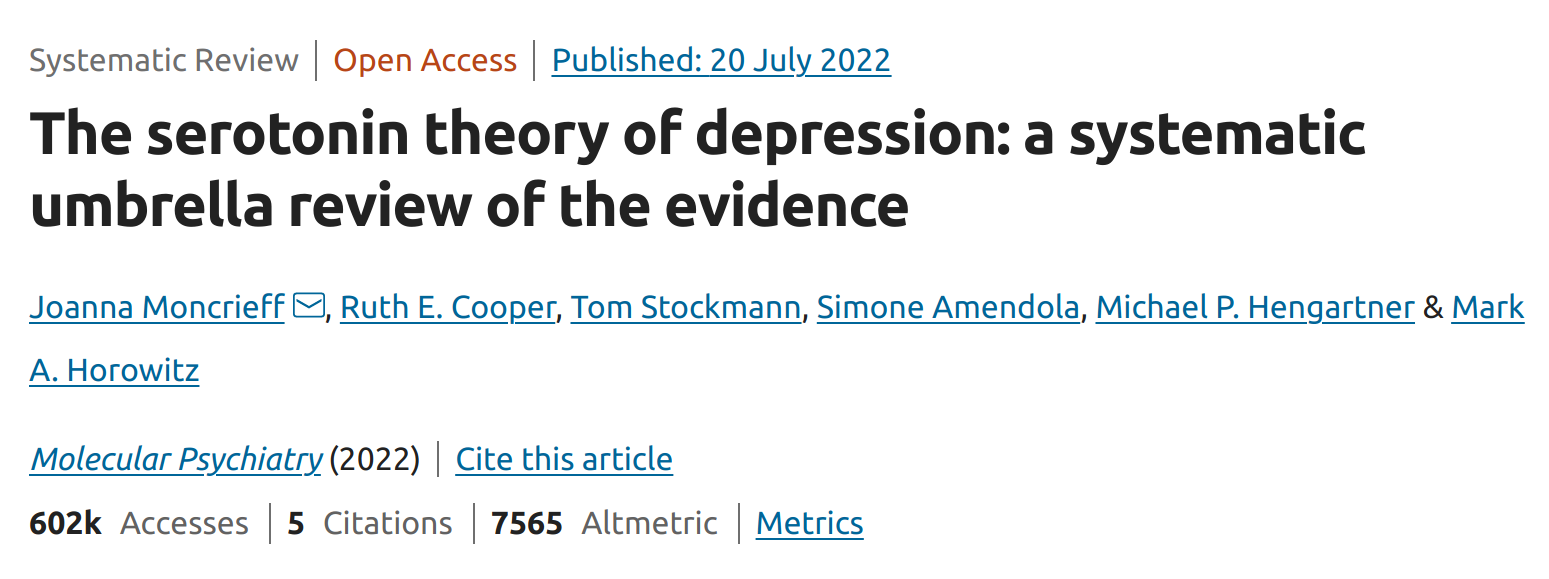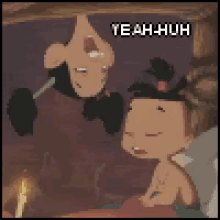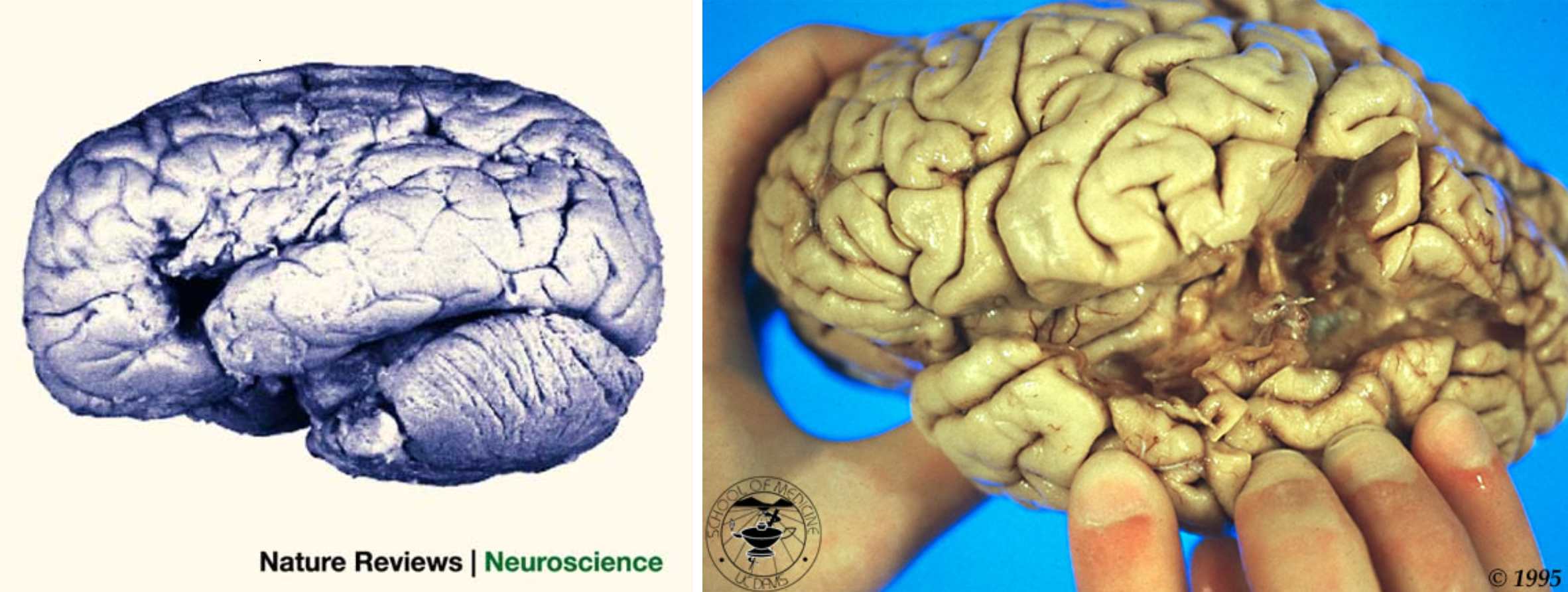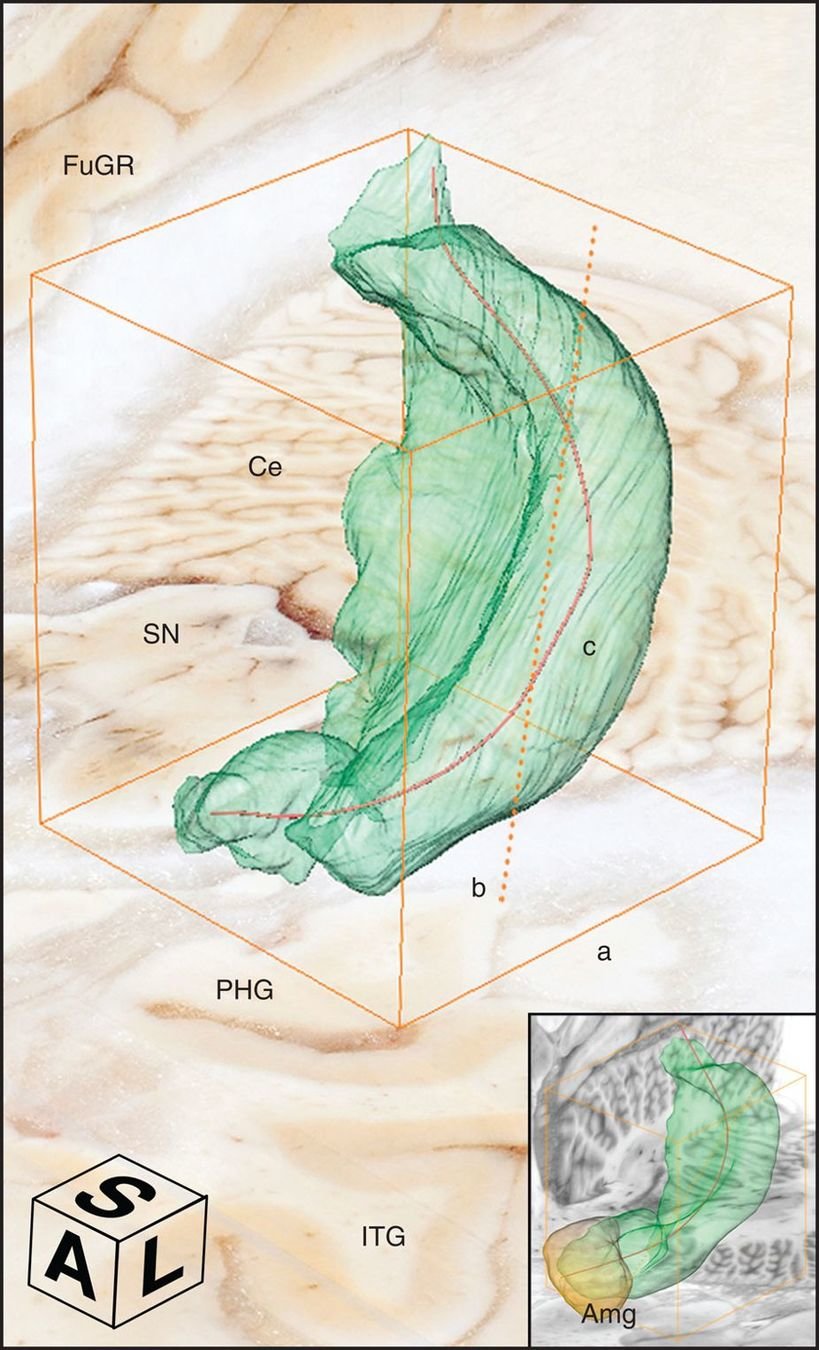Pre-start

Neural Signal Processing & Machine Learning
ELEC/BIOE 548 | ELEC 483
Fall 2022
Episode 2: Brains & Behavior


Announcements
- There were questions about coding. Python preferred MATLAB supported. Other languages are up to you to work with.
- I'll start Tuesday with a quick tutorial of using the preferred style for homeworks (Jupyter notebooks)
- Question about prereq neuroscience background: Less the better then I look smarter :P
- Texts: None required but I'll upload some* to Canvas today
- Principles of Neuroscience - Eric Kandel (bowtie!)*
- Pattern Recognition & Machine Learning - Christopher Bishop*
- Neuroscience - Purves (undergrad intro read. good figures)
Announcements
- Travel: SfN Nov 12-16. One Tuesday lecture missed. Maybe guest lecturer or HW session
- Homework deadlines -- forgot to mention this on Tuesday
- I'm not a fan of hard deadlines. Hard deadlines support a get it done quickly culture as opposed to facilitate making mistakes & learning! Deadlines will be provided but it is acceptable up to a week later for full credit. Take time, ask for help you want to or need to ask! HOWEVER, if you cannot meet the posted deadline and need more time email me and let me know...especially if you're struggling with the assignment! I want to help!
Announcements
- For me todo:
- Updated course website (this wkend)
- Send out poll for office hours
- Remember to record lecture
- Anything else I'm missing?
Announcements

1
Introduction. Class & brains
2
Fundamental neurobiology. How do neurons fire? How/what do we record?
3
Modeling spike trains. First bit of analysis work and understanding firing properties of neurons.
5
Classification. Making machines learn. Which direction is a monkey trying to reach? Bayesian decoding.
4
Point processes. Continued modeling work of neurons.
6
Clustering/Mixture models. Making machines learn some more. Spike sorting.
Bi-weekly Schedule
7
Continuous decoding. Kalman filters. Machines continue to learn.
8
Spectral analysis? LFP interpretation in spectral domain. But also kinda in clustering.
Neuroscience!


-
Introduction to Neuroscience
-
Ch 1: The brain and behavior - TODAY!
-
Ch 2: Nerve cells and behavior
-
-
How are neural signals generated?
-
Ch 7: Membrane potential
-
Ch 9: Propagated Signaling: the action potential
-
-
How do neurons communicate with each other?
-
Ch 10: Overview of synaptic transmission
-
Ch12: Synaptic integration
-

Intro to 🧠
- Neuroscience - understand mental processes underlying perception, action, learning & memories. From the molecular level to decision making.
- Human brain: highly-interconnected network of ~100 billion individual neurons (nerve cells). Spinal cord, enteric, peripheral nervous system are also important.
- Gut is known as the second brain.
- Hearken back to the pharmacological joke with Limitless and Bart Simpson in the last lecture. Emotions and "gut feelings"
- Gut is known as the second brain.

Intro to 🧠
- Historical controversies
- Are mental processes localized in the brain or are they distributed?
- What is the relationship between anatomy, physiology & function?
- Should we study regions as a whole or individual cells?
- Are mental processes hard wired?
- How does genetics affect the brain?
- How does experience alter brain processing of subsequent events?
Phrenology
Gall (1800-ish)
- All behavior emanates from the brain
- Particular regions of cerebral cortex controls specific functions (functional organization)
- Centers for each neural function grow with use (like a muscle)
- Growth - bumps on skull - psychology of bumps termed phrenology (books!)


rodentphrenologist@rice.edu
It's the whole brain vs "Nuh-uh"
"Cellular connectionism"
- Individual neurons are the signaling units of the brain
- They are generally arranged in functional groups
- They connect to one another in precise fashion
- Neuropsychology/localization (Broca), Distributed processing (Wiernicke), Connection(Ramon y Cajal, Broadmann), etc.
"Aggregate field"
- All brain regions participate in every mental operation
- Injury to a specific area of the brain affects all higher functions equally
- Flourens (1820s), Pavlov, Head (humans), Lashley (rats)

This went on even into the 1960s!
Spoiler: "Nuh-uh" wins out. Language
Broca's Area (1861)
(cival war in the US)

Wernicke's area (1874)
(Jim Crow laws begin to pass in the US)
Functional Localization in Language

Functional Localization in Language
Tell me what you heard me say...
Broca's Area (1861)

Wernicke's area (1874)
Neuroanatomy (me learning the human 🧠)

CNS is bilateral and symmetrical.
CNS has 7 major parts:
1) skin, joints, muscles of limbs / trunk
2) breathing, heart rate
3) movement: (also 4-7)
4) learning motor skills
5) sensory, motor (eye movements, visual/auditory reflexes)
6) info/autonomic gate keeper
7) higher brain funvtions: sensory, motor, memory, emotion
Also there’s the “peripheral nervous system” & gut!
Cerebral Cortex
- Brain operations responsible for our cognitive abilities occur in the cerebral cortex.
- Cerebral cortex – “furrowed gray matter” covering the two cerebral hemispheres.
- Folds increase surface area:
- gyri (crests) and sulci (grooves)
- Four anatomically distinct lobes:
- Frontal – planning future action and the control of movement
- Parietal – somatic sensation
- Temporal – hearing, learning, memory and emotion
- Occipital – vision

Anterior (front) Posterior (back)
Two Important Features of Cerebral Cortex
-
Each hemisphere is concerned primarily with sensory and motor processing of the contralateral (opposite) side of the body.
- E.g., electrically stimulate right motor cortex -> left arm movement (Fritsch & Hitzig, 1870s).
-
The hemispheres are similar in appearance, but are not completely symmetrical in structure or in function.
- E.g., language centers in left hemisphere (aphasia patients, Broca, 1860s).

Brodmann’s Areas
- Brodmann (~1900) distinguished functional areas of the cortex based on variations in the structure of cells and in the arrangement of these cells into layers.
- 52 anatomically and functionally distinct areas in human cerebral cortex.
- Still widely used today (e.g., motor cortex is area 4).

"Modern" Neuroanatomy
Distributed Processing
Stroop effect
http://faculty.washington.edu/chudler/java/ready.html
Memento
Henry Molaison (H.M.) (1962)


Henry Molaison (H.M.) (1962)

- Annese et al. Nat Comm 2014 - H.M.'s left hippocampus largely in tact
- Schapiro et al. Hippocampus, 2019 - non-hippocampal motor learning tasks use the hippocampus for consolidation